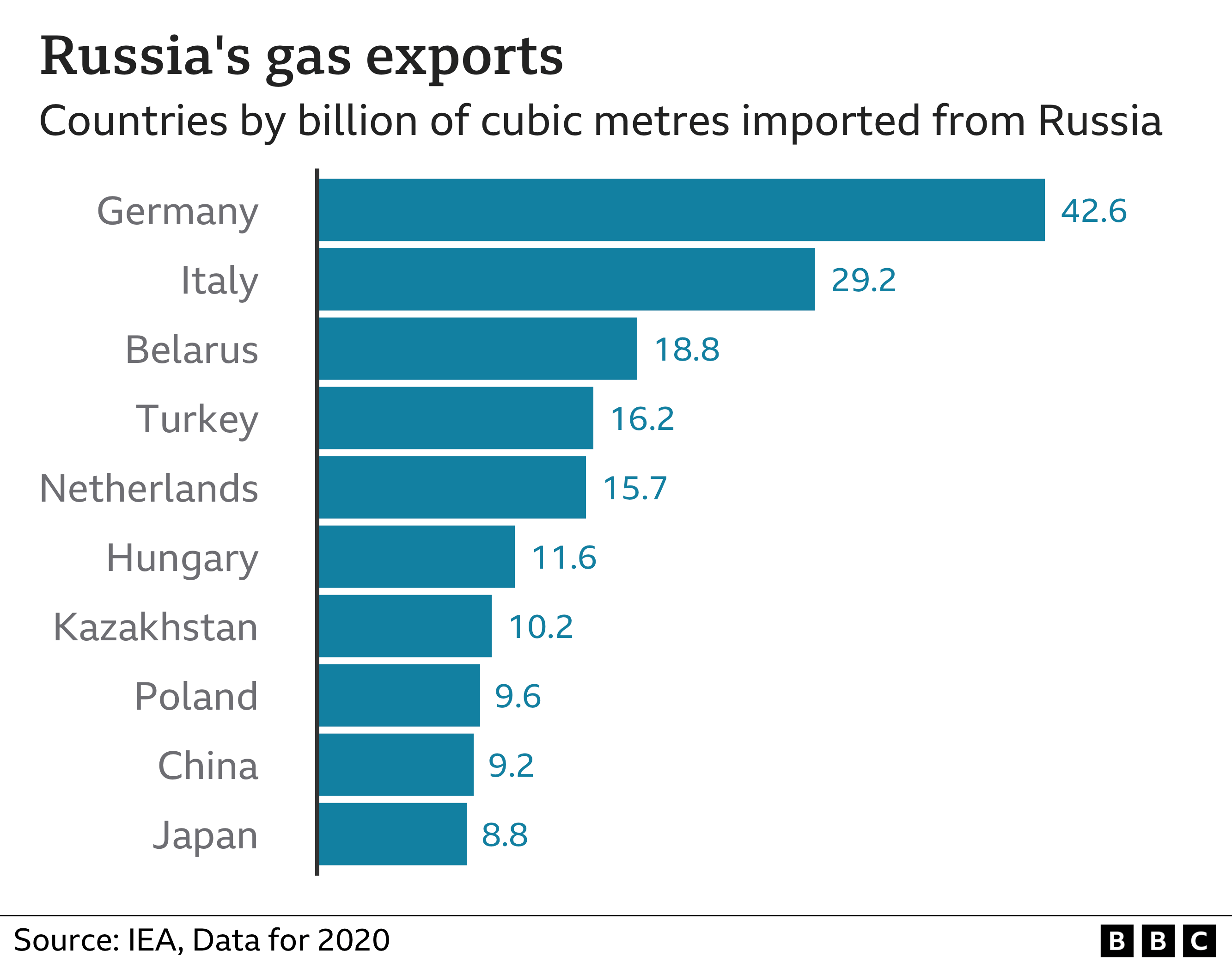European energy crisis, 2022/2023
This is about an ongoing current event that I think deserves a thread. Occasionally this has been touched on in the “Russia invades Ukraine” thread.
Developments within the last few weeks in Germany, perhaps others will report from other European countries:
- Russia implicitly plays the “You cannot fire me, I quit” card with regards to natural gas delivery. Gas delivery gets throttled due to “maintenance”.
Current status of gas supply situation according to the Bundesnetzagentur - Russia has to flare a lot of gas that it cannot or wants not to deliver to Germany. The gas being flared is worth about 10 million € per day. The flare is visible from Finland.
- The gas turbine driving a Nordstream pipeline compressor that Germany spent a lot of political capital getting back from maintenance from the Siemens facility in Canada, now sits in storage in Germany because Russia says there are documents lacking for delivery to Russia.
- Stage 2 of the 3-stage federal gas emergency plan has been activated two months ago. Stage 3 will mean explicit rationing
- Gazprom Germania (a subsidiary of Gazprom) has been taken under German federal administration, now is named SEFE Securing Energy for Europe GmbH, and is being sanctioned by Russia.
- Gas consumers will be hit with a 0.024 €/kWh (plus 7% VAT) surcharge from October, to bail out gas wholesalers who’d go under else, taking the gas system down with them
- Those gas consumers whose yearly contracts have been or will expire, will experience multiples of their current price
- Industry and other stakeholders are fighting over public opinion about who gets gas when rationing will have to kick in. The problem is: There is no practicable way to ration piped gas to households - if you shut up gas supply the underpressure trips in households must be reset by qualified gas fitters.
- Federal government has mandated energy saving measures in public buildings and facilities: cap on room temperatures, no lighing public buildings etc.
- Federal government has relaxed requirement on landlords on the room temperature they have to guarantee to tenants
Page of the German federal government on gas savings efforts
- Baden-Württemberg state premier has drawn criticism by implicitly asking population not to shower every day in winter, saying “washcloths are an useful invention”.
